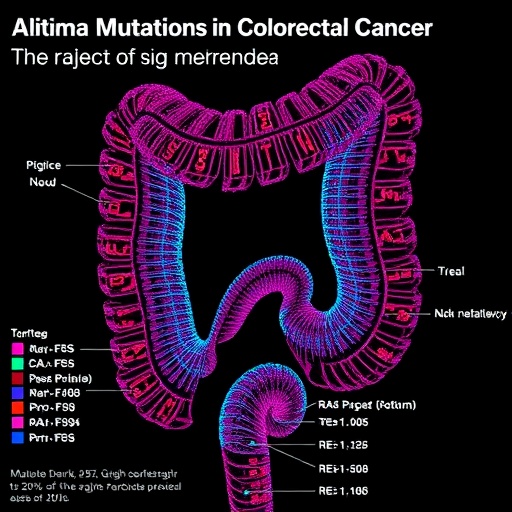FINDINGS
A preclinical study led by scientists at the UCLA Jonsson Comprehensive Cancer suggests that heating solid tumors during CAR T-cell therapy can enhance the treatment’s success.
The researchers found that when a heating technique called photothermal ablation was combined with the infusion of CAR T cells, it suppressed melanoma tumor growth for up to 20 days in mice. Among the mice that were treated with the combination, 33 percent were still tumor free after the 20-day mark.
BACKGROUND
T cells that have been genetically engineered with chimeric antigen receptor, or CAR, have successfully been used to treat many patients with lymphoma and leukemia. But CAR T cell therapy has been less successful for treating solid tumors because the tumors have a protective microenvironment, which makes it harder for the CAR T cells to break into the tumor and keep the T cells activated.
The UCLA scientists decided to test whether combining CAR T therapy with photothermal therapy could overcome that obstacle. Photothermal therapy is a minimally invasive technique that uses heat from laser energy to kill cancer cells; it is already being used to treat a variety of cancers and other medical conditions. The researchers tested a mild hyperthermia about 40 degrees Celsius (about 104 degrees Fahrenheit) to see if it could help enhance the CAR T cells to better attack the tumor.
METHOD
The UCLA-led team tested the technique in mice that were injected with human melanoma tumors. A photothermal agent was injected into the tumors and then irradiated with the laser to heat them. Then, CAR T cells were injected intravenously. Raising the temperature of the laser to about 40 degrees Celsius helped expand blood vessels associated with the tumor, enhancing T cell growth.
IMPACT
By enhancing the power of CAR T cell therapy, the technique could eventually improve the prognosis for people with hard-to-treat solid tumors. The researchers will continue testing the strategy in animals to optimize the heating duration and temperature before determining whether it can be tested on humans.
AUTHORS
Zhen Gu, a professor of bioengineering at the UCLA Samueli School of Engineering, member of the Jonsson Cancer Center and member of the California NanoSystems Institute at UCLA, is the study’s co-senior author. The paper’s other senior author is Dr. Gianpietro Dotti of the University of North Carolina, Chapel Hill. The first author is Qian Chen, a postdoctoral researcher in Gu’s laboratory.
###
JOURNAL
The research is published in the journal Advanced Materials.
FUNDING
The study was supported by grants from the Alfred P. Sloan Foundation and a National Institutes of Health Clinical and Translational Science Award.
The UCLA Jonsson Comprehensive Cancer Center has approximately 500 researchers and clinicians engaged in cancer research, prevention, detection, control, treatment and education. One of the nation’s largest comprehensive cancer centers, the UCLA Jonsson Comprehensive Cancer Center is dedicated to promoting research and translating basic science into leading-edge clinical studies.
Media Contact
Denise Heady
[email protected]




